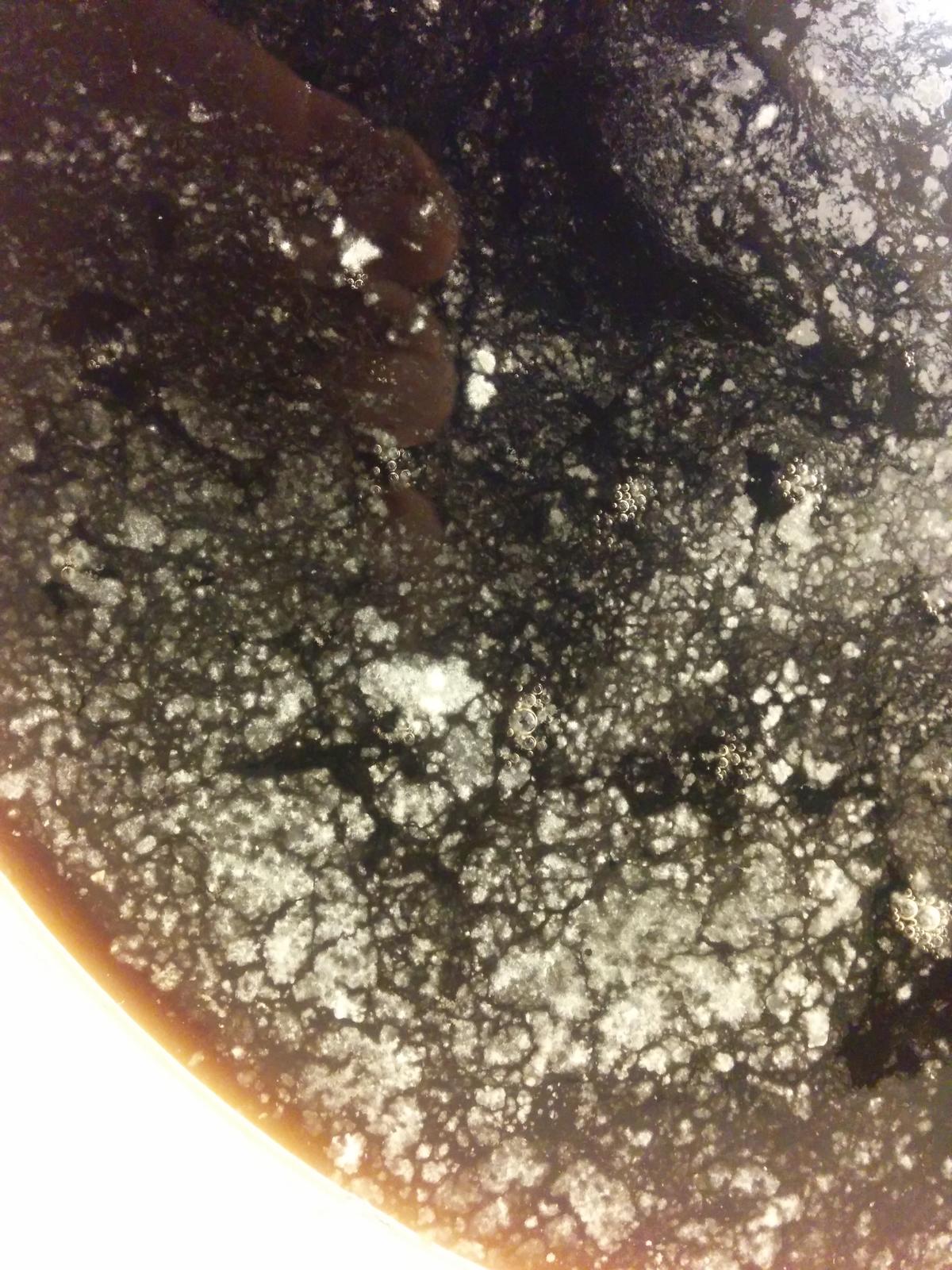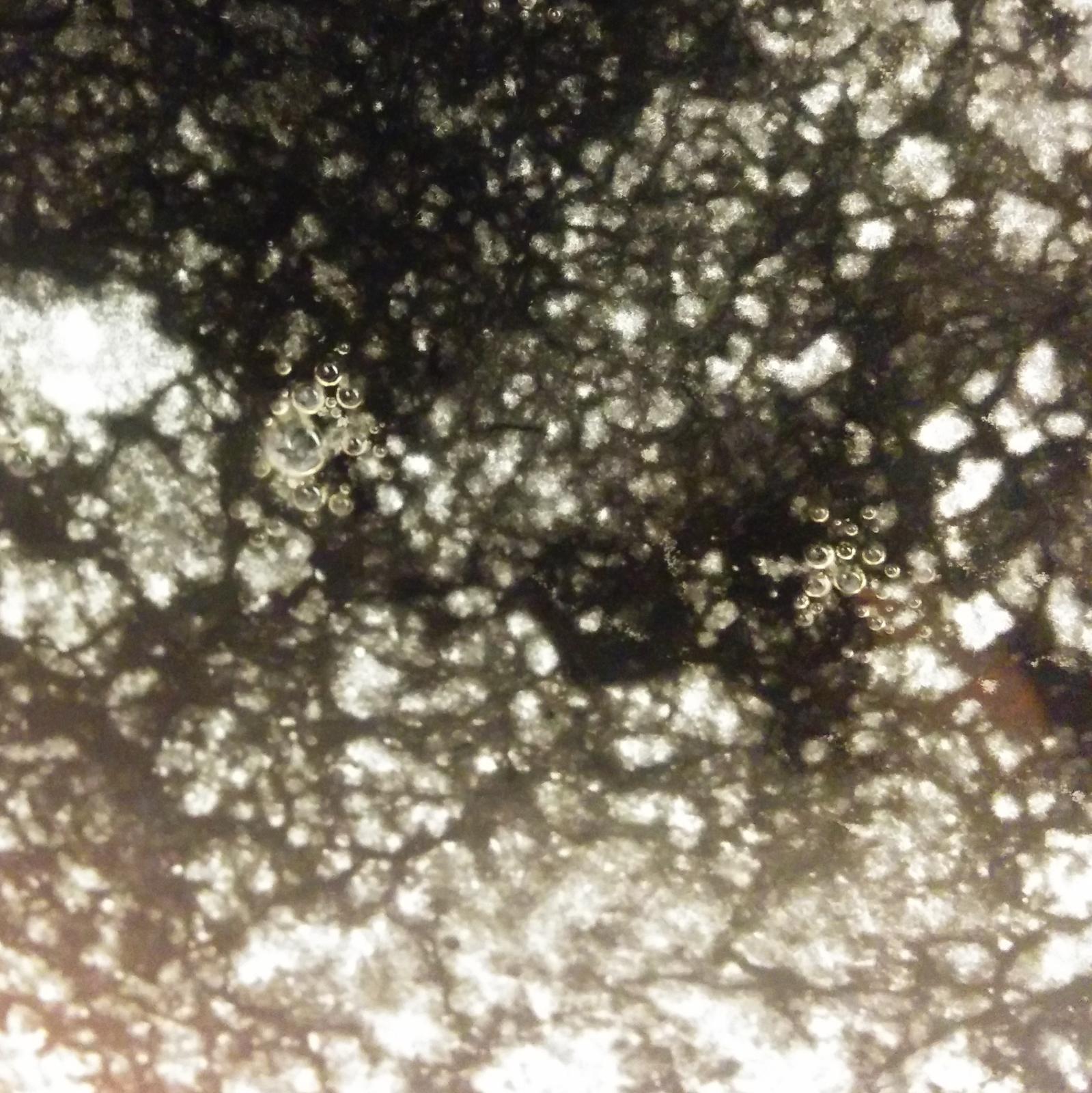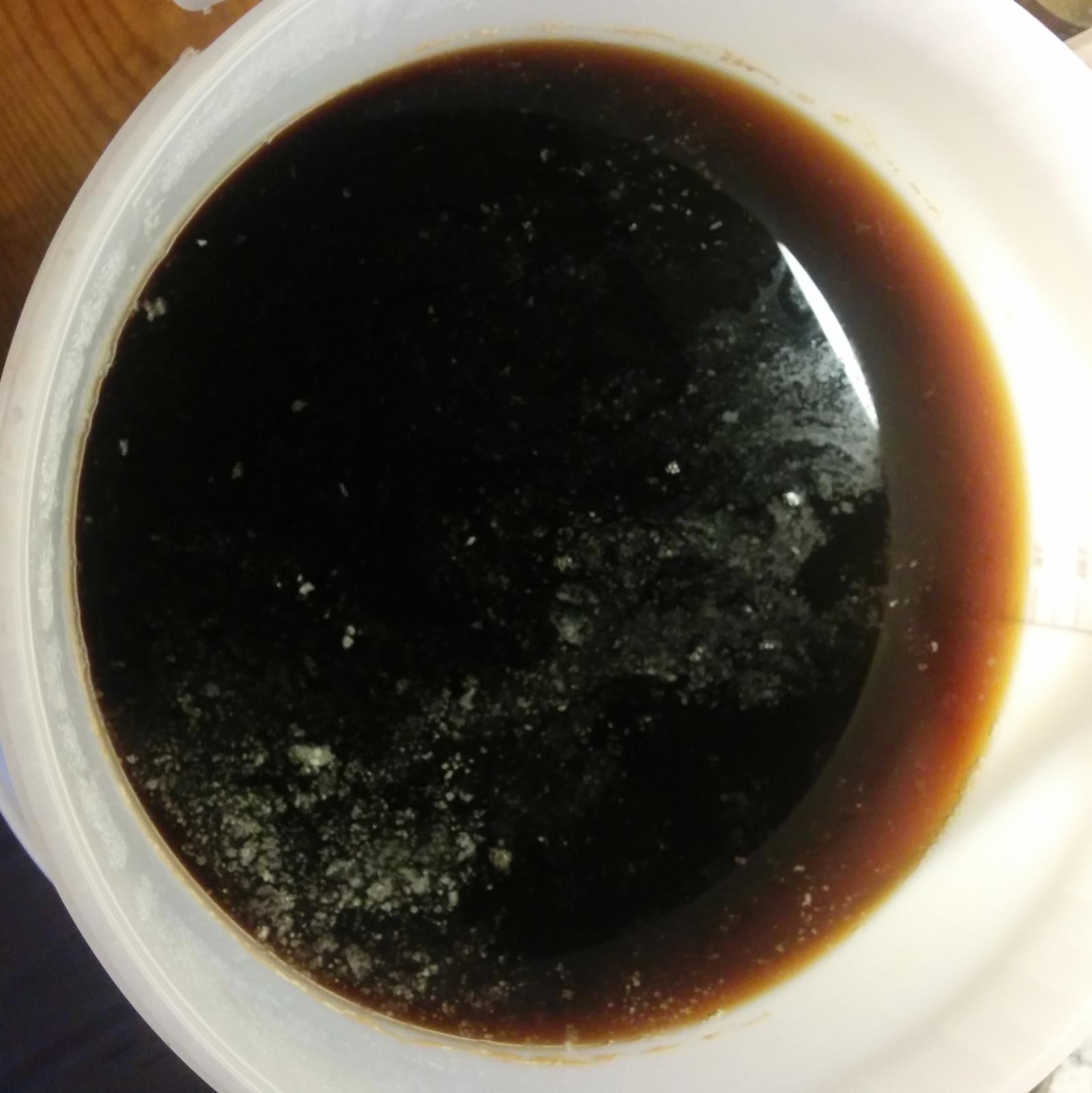Hello,
I just noticed that there is some white stuff on the surface of my brew. This beer is openly fermented with a wy yeast lambic for three days, another ten days in closed fermentation plus two more weeks with us05 (sugar added during fermentation). The brew tastes and smells as it should. Botteled it today and tried to leave all the white stuff behind. Should I be working? My theory is to bottle it and check it in one months time. If it tastes ok then I guess it is fine.
Please see the pics for more information.



I just noticed that there is some white stuff on the surface of my brew. This beer is openly fermented with a wy yeast lambic for three days, another ten days in closed fermentation plus two more weeks with us05 (sugar added during fermentation). The brew tastes and smells as it should. Botteled it today and tried to leave all the white stuff behind. Should I be working? My theory is to bottle it and check it in one months time. If it tastes ok then I guess it is fine.
Please see the pics for more information.





